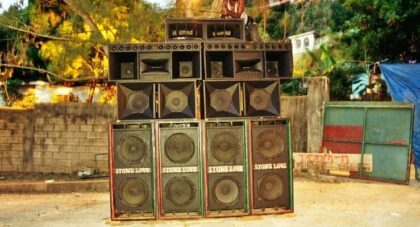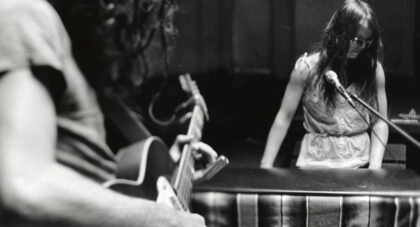To be blunt, Wild Goose won’t be for everyone. Folk-jazz crossovers are a tough sell. Even tougher to execute. Especially in a way that doesn’t come across as forced or corny. And there is little to no nuance between the British folk stylings of Wilkie and Hart, and the post-bop, nearing Free Jazz blowouts of the musicians joining them. Imperfect, the album remains an ambitious and visionary album fifty years later . . .
Only the good shit. Aquarium Drunkard is powered by its patrons. Keep the servers humming and help us continue doing it by pledging your support.
To continue reading, become a member or log in.


